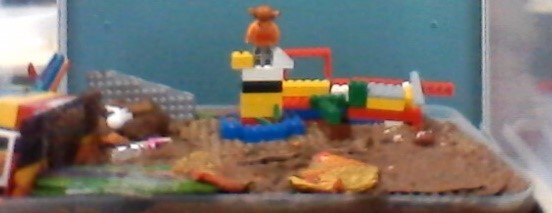
In a remarkable display of creativity and a commitment to learning, Year 6 students recently experienced the real-life challenges of natural disasters in a safe and controlled environment. With enthusiasm, collaboration, and hands-on effort, these young minds built their miniature towns and conducted flood and earthquake simulations. This engaging project not only provided valuable insight into the impacts of natural disasters but also fostered teamwork and problem-solving skills.
Students collaborated to design and build their own miniature towns with cardboard, craft supplies, and plenty of imagination. Taking on the role of budding seismologists, they were introduced to the fundamentals of earthquakes, learning about the causes, effects, and safety measures. With the help of the earthquake simulation platforms, students could mimic the shaking and rumbling of a real earthquake. This experience allowed them to see first-hand how their towns reacted to the seismic forces and which structures were more resilient.
Some students explored the realm of floods. They learned about flood mitigation strategies, and the impact of rising water levels on communities. To simulate a flood, the students gently raised water levels around their miniature towns, observing how water flowed, inundated low-lying areas, and affected their town's infrastructure. This hands-on approach provided a deep understanding of the dangers and challenges posed by flooding.
The flood and earthquake simulations not only expanded the students' knowledge of natural disasters but also fostered empathy and critical thinking. They were tasked with identifying weaknesses in their town's design and suggesting improvements to increase resilience. This exercise promoted problem-solving skills and encouraged students to think about real-world solutions to mitigate the effects of such events.
Jacqui Goltz
Director of Primary














Comments